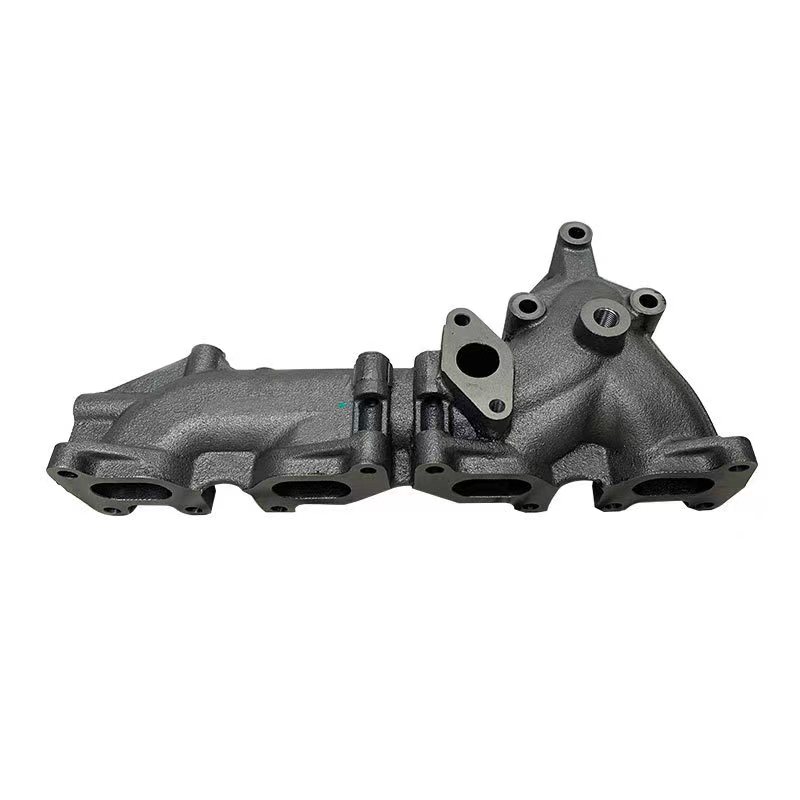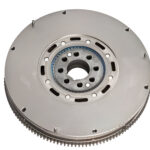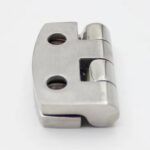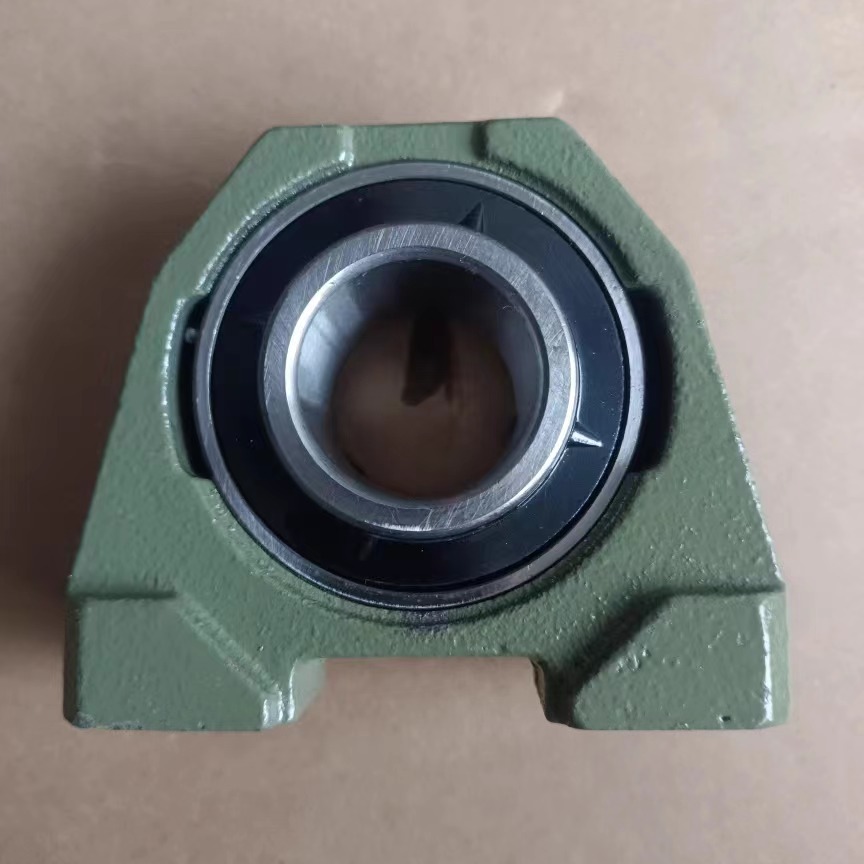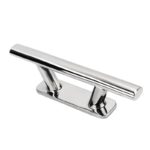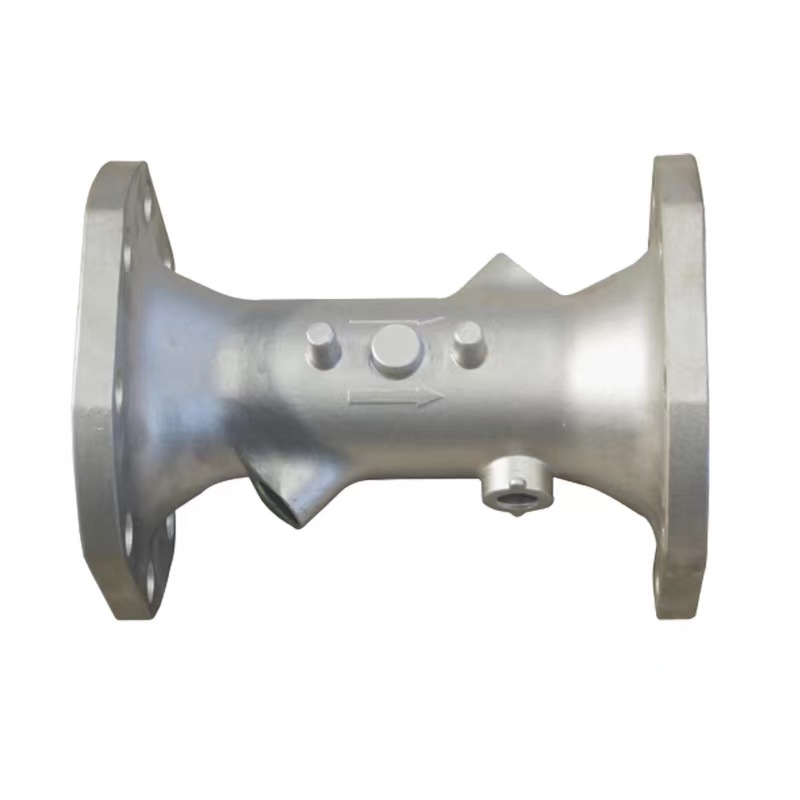Welding cast iron exhaust manifolds is a challenging task that requires specialized knowledge and techniques. Cast iron, known for its brittleness and difficulty in welding, demands a careful approach to ensure durability and performance. In this article, we will delve into the intricacies of welding cast iron exhaust manifolds, explore the benefits of alternative materials like stainless steel, and highlight the products and services available through our website, kt-foundry.
Understanding Cast Iron Exhaust Manifolds
Cast iron exhaust manifolds are widely used in automotive applications due to their excellent heat resistance and durability. However, they can develop cracks over time due to thermal cycling and mechanical stress. Welding these manifolds requires a deep understanding of the material properties and the appropriate welding techniques to avoid further damage.
Welding Techniques for Cast Iron
- Preheating: One of the critical steps in welding cast iron is preheating. This process involves heating the entire manifold to a specific temperature to reduce thermal stress and prevent cracking.
- Choosing the Right Filler Material: Nickel-based filler materials are commonly used for welding cast iron due to their compatibility and ability to create strong, crack-resistant welds.
- Controlled Cooling: After welding, it's essential to control the cooling process to avoid thermal shock. This can be achieved by wrapping the manifold in insulating materials to allow it to cool slowly.
Alternatives to Cast Iron: Stainless Steel Exhaust Manifolds
For those seeking a more robust and durable solution, stainless steel exhaust manifolds present an excellent alternative. Stainless steel is resistant to corrosion, offers superior strength, and can handle higher temperatures, making it ideal for high-performance applications like turbocharged engines.
Benefits of Stainless Steel Turbo Manifolds
- Durability: Stainless steel turbo manifolds are less prone to cracking and can withstand the extreme conditions of high-performance engines.
- Corrosion Resistance: Unlike cast iron, stainless steel does not rust, ensuring a longer lifespan and better performance.
- Aesthetic Appeal: Stainless steel manifolds often have a polished finish, enhancing the engine bay's appearance.
Manufacturing Process: Sand Casting vs. Modern Techniques
The traditional method for creating exhaust manifolds is sand casting, a process where molten metal is poured into a sand mold to form the desired shape. While effective, sand casting can lead to inconsistencies and defects. Modern manufacturing techniques, such as investment casting, offer higher precision and better material properties.
Product Showcase: Stainless Steel Exhaust Manifolds
At kt-foundry, we offer a range of high-quality stainless steel exhaust manifolds tailored to various automotive applications. Our products are crafted using state-of-the-art manufacturing techniques to ensure superior performance and reliability. Whether you need a standard exhaust manifold or a custom-designed turbo manifold, we have the expertise and capabilities to meet your needs.
Featured Products
- Standard Stainless Steel Exhaust Manifold: Designed for everyday use, these manifolds offer excellent durability and performance. Perfect for those looking to upgrade from cast iron.
- Stainless Steel Turbo Manifold: Engineered for high-performance engines, our turbo manifolds provide exceptional strength and heat resistance, making them ideal for turbocharged setups.
- Custom Exhaust Manifold Solutions: If you have specific requirements, our team can work with you to design and manufacture a custom exhaust manifold that meets your exact specifications.
FAQs about Welding and Manifold Materials
Q: Can cast iron exhaust manifolds be welded? A: Yes, but it requires specialized techniques and materials. Preheating and using nickel-based filler materials are crucial for a successful weld.
Q: What are the advantages of stainless steel exhaust manifolds? A: Stainless steel manifolds are more durable, resistant to corrosion, and can handle higher temperatures compared to cast iron.
Q: How can I purchase stainless steel exhaust manifolds from kt-foundry? A: Visit our website, kt-foundry, to browse our product catalog and contact our sales team for assistance.
In conclusion, whether you're repairing a cast iron exhaust manifold or upgrading to a stainless steel alternative, understanding the materials and techniques involved is crucial. At kt-foundry, we provide top-quality products and expert support to ensure your automotive projects succeed. Contact us today to learn more and place your order.

